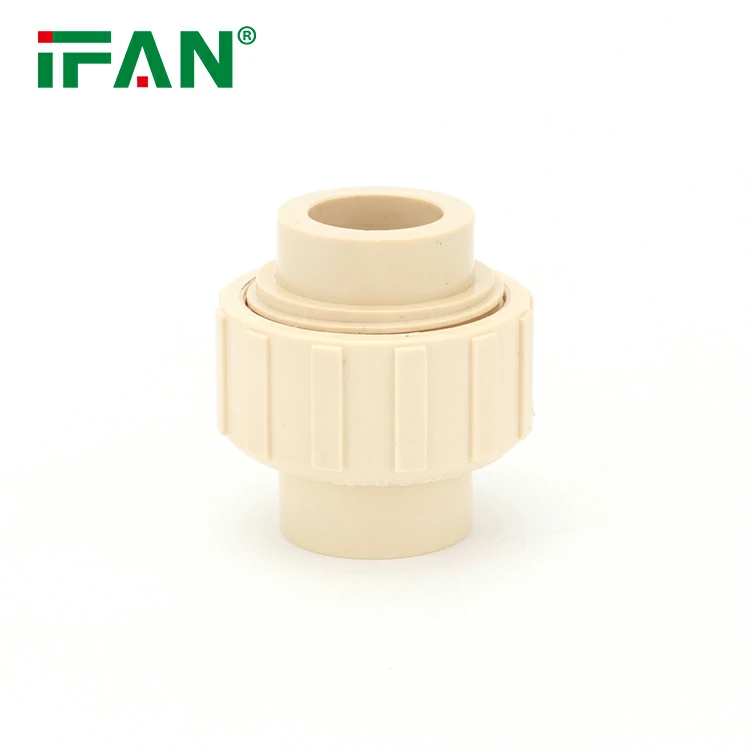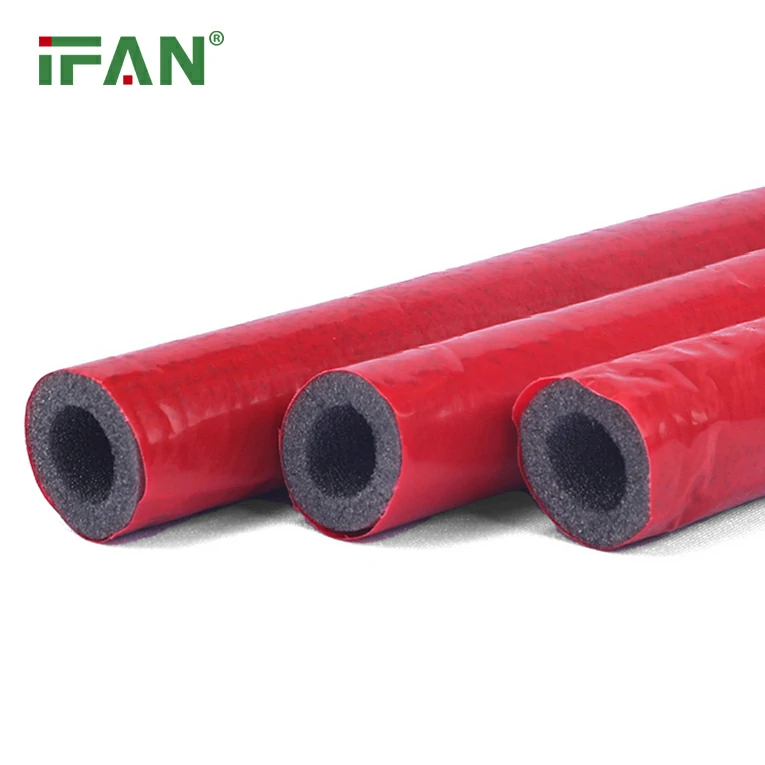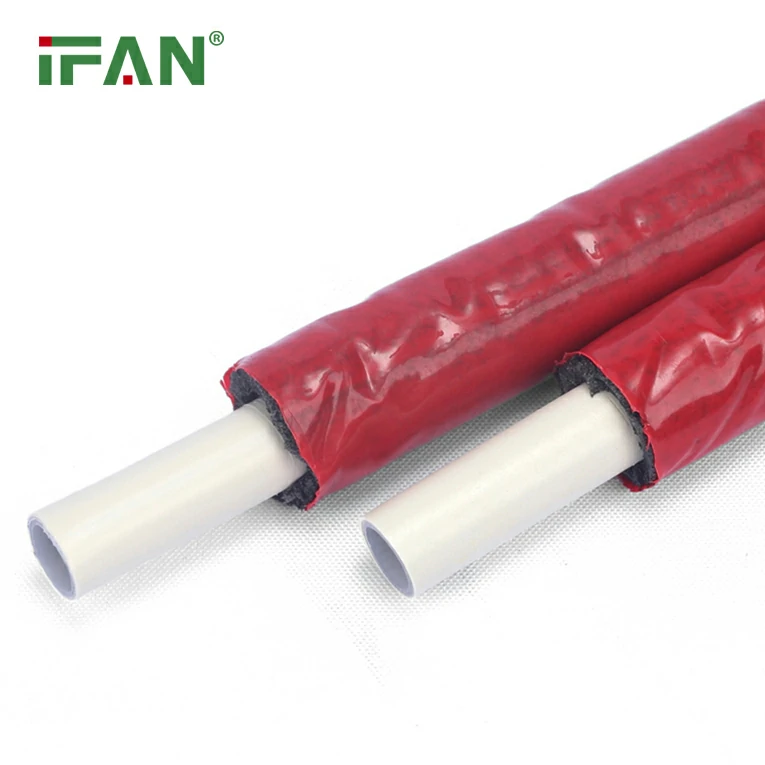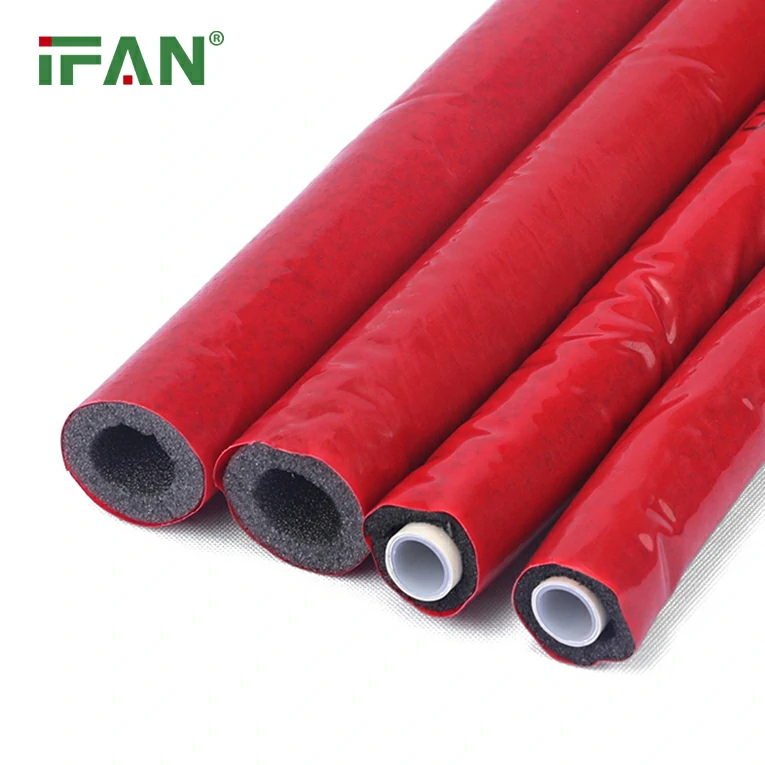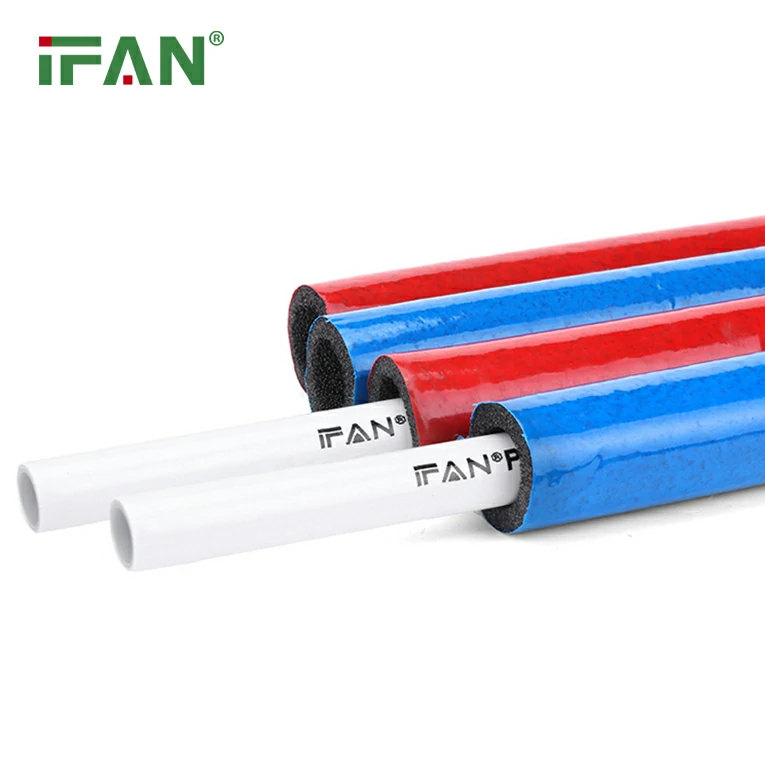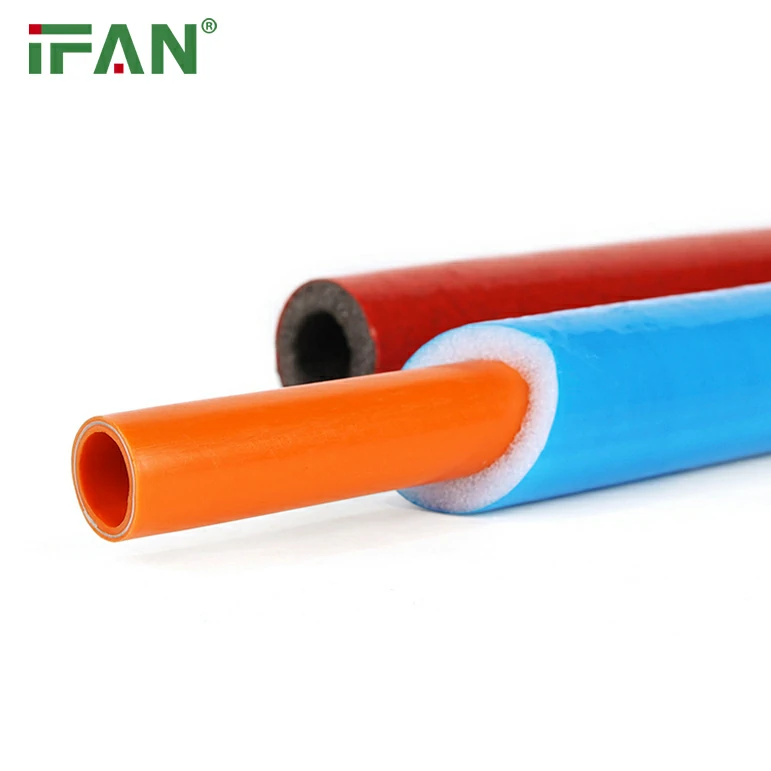Title: Advantages of Top-Notch Quality CPVC Pipe Fittings for Optimum Results
Introduction
When it comes to piping solutions, CPVC (Chlorinated Polyvinyl Chloride) is a popular choice for its numerous advantages. When paired with high-quality CPVC pipe fittings, the benefits of CPVC piping systems are further magnified, providing optimum results for various industrial and commercial applications.
- High Heat Resistance
One of the most significant advantages of top-notch CPVC pipe fittings is their ability to withstand high temperatures. This makes them ideal for applications that involve the transportation of hot liquids and gases, such as in chemical processing industries, hot water supply, and fire sprinkler systems. - Corrosion Resistance
CPVC pipe fittings also exhibit excellent corrosion resistance, making them an excellent solution for piping systems that deal with corrosive chemicals and substances. They are particularly useful for chemical processing plants, water treatment facilities, and other industrial applications that require durable, long-lasting piping solutions. - Low Thermal Conductivity
The low thermal conductivity of CPVC pipe fittings makes them suitable for transporting hot liquids and gases without significant heat loss. The energy efficiency of CPVC pipes and fittings is particularly useful in hot water supply systems, where heat loss can be a major issue. - Easy Installation
High-quality CPVC pipe fittings are designed for easy installation, saving time and labor costs. They can be easily joined using a solvent welding technique that ensures a strong, leak-free seal. - Cost-Effective
CPVC piping systems are cost-effective, as they require less maintenance compared to metallic piping systems. They also have a longer lifespan and are less prone to damage, reducing the need for frequent repairs and replacements.
Conclusion
Top-notch quality CPVC pipe fittings provide numerous advantages that make them an ideal solution for various industrial and commercial applications. Their high heat resistance, corrosion resistance, low thermal conductivity, easy installation, and cost-effectiveness make them a popular choice for many industries.
Meta-description: Discover the advantages of using top-notch quality CPVC pipe fittings for optimum results in industrial and commercial applications.
